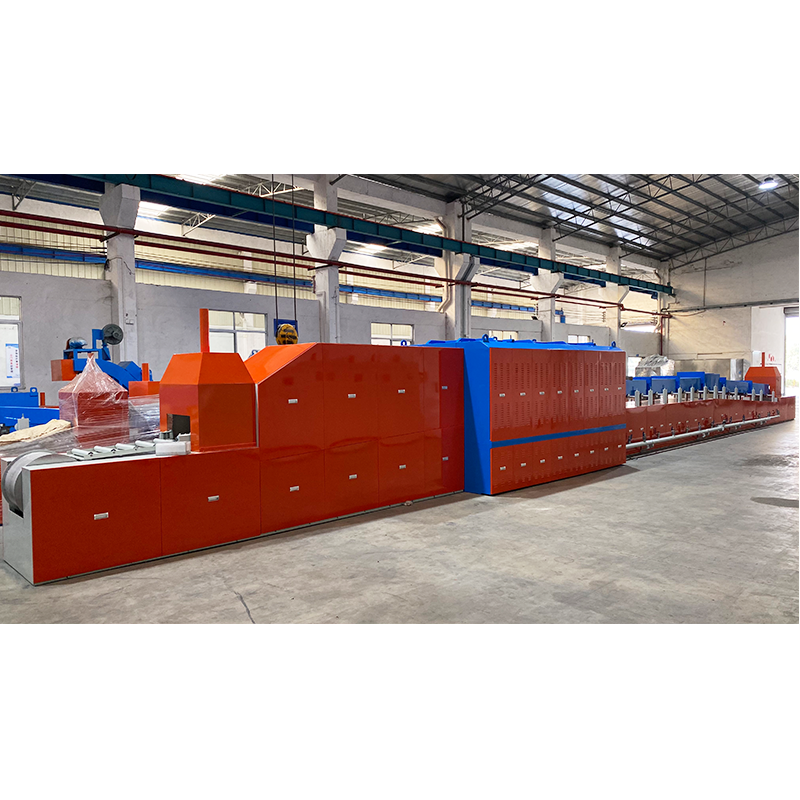Comparison Between Online Annealing Furnaces and Offline Annealing Furnaces-1
Nov. 14, 2025
I. Core Classification Criteria: Integration Relationship Between the Processing Flow and the Production Line
Online Annealing Furnaces
Definition: Annealing treatment is carried out simultaneously with the production process, and workpieces complete annealing directly within the production line without interruption or transfer.
Key Characteristics:
Continuity: Annealing serves as an integral part of the production line, seamlessly connecting with preceding processes (such as rolling and stretching) and subsequent processes (such as cutting and packaging).
Automated Integration: Typically equipped with automated transfer systems (such as roller conveyors and robotic arms) to enable automatic loading and unloading of workpieces into and out of the furnace, reducing manual intervention.
Efficiency and Energy Conservation: By optimizing heating and cooling processes, energy waste is minimized, making it suitable for large-scale continuous production.
Offline Annealing Furnaces
Definition: Annealing treatment is independent of the production line, and workpieces need to be removed from the production line and placed separately into an annealing furnace for processing.
Key Characteristics:
Intermittency: Annealing, as an independent process, requires dedicated time slots and may interrupt the production flow.
Flexibility: Capable of handling workpieces of different specifications and batches, adapting to the demands of multi-variety and small-batch production.
Equipment Diversity: Includes various structures such as bogie-hearth, pit-type, and bell-type furnaces, suitable for different scenarios (such as large parts and precision components).
II. Extended Dimensions of Classification: Technical Implementation and Process Characteristics
Heating Methods and Control
Online Annealing Furnaces:
Often employ rapid heating technologies such as high-frequency induction heating and laser heating to achieve second-level temperature rise.
Equipped with real-time temperature monitoring systems (such as infrared thermometers) to ensure temperature uniformity.
Offline Annealing Furnaces:
Primarily use traditional heating methods such as resistance heating and gas heating, with slower heating speeds.
Temperature control precision may be slightly lower, but can be compensated by prolonged heat preservation.
Cooling Methods
Online Annealing Furnaces:
Adjustable cooling rates (such as air cooling and water cooling) to meet the performance requirements of different materials.
The cooling process is matched with the production line speed to prevent workpiece deformation.
Offline Annealing Furnaces:
Diverse cooling methods (such as natural cooling, furnace cooling, and oil cooling) need to be selected according to process requirements.
Cooling times may be longer, affecting the overall production cycle.
Applicable Materials and Processes
Online Annealing Furnaces:
Suitable for continuously produced products such as metal wires, sheets, and tubes (such as steel wires, copper strips, and steel pipes).
Process objectives: Eliminate work hardening, improve plasticity, and enhance surface quality.
Offline Annealing Furnaces:
Suitable for workpieces requiring local or overall annealing, such as castings, forgings, and welded parts (such as automotive components and molds).
Process objectives: Eliminate residual stresses, improve microstructure, and enhance toughness.










